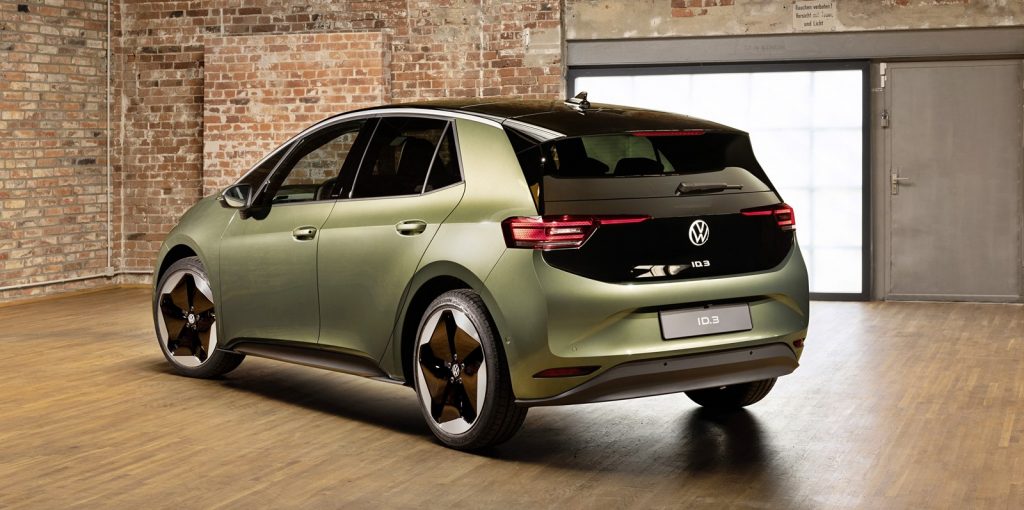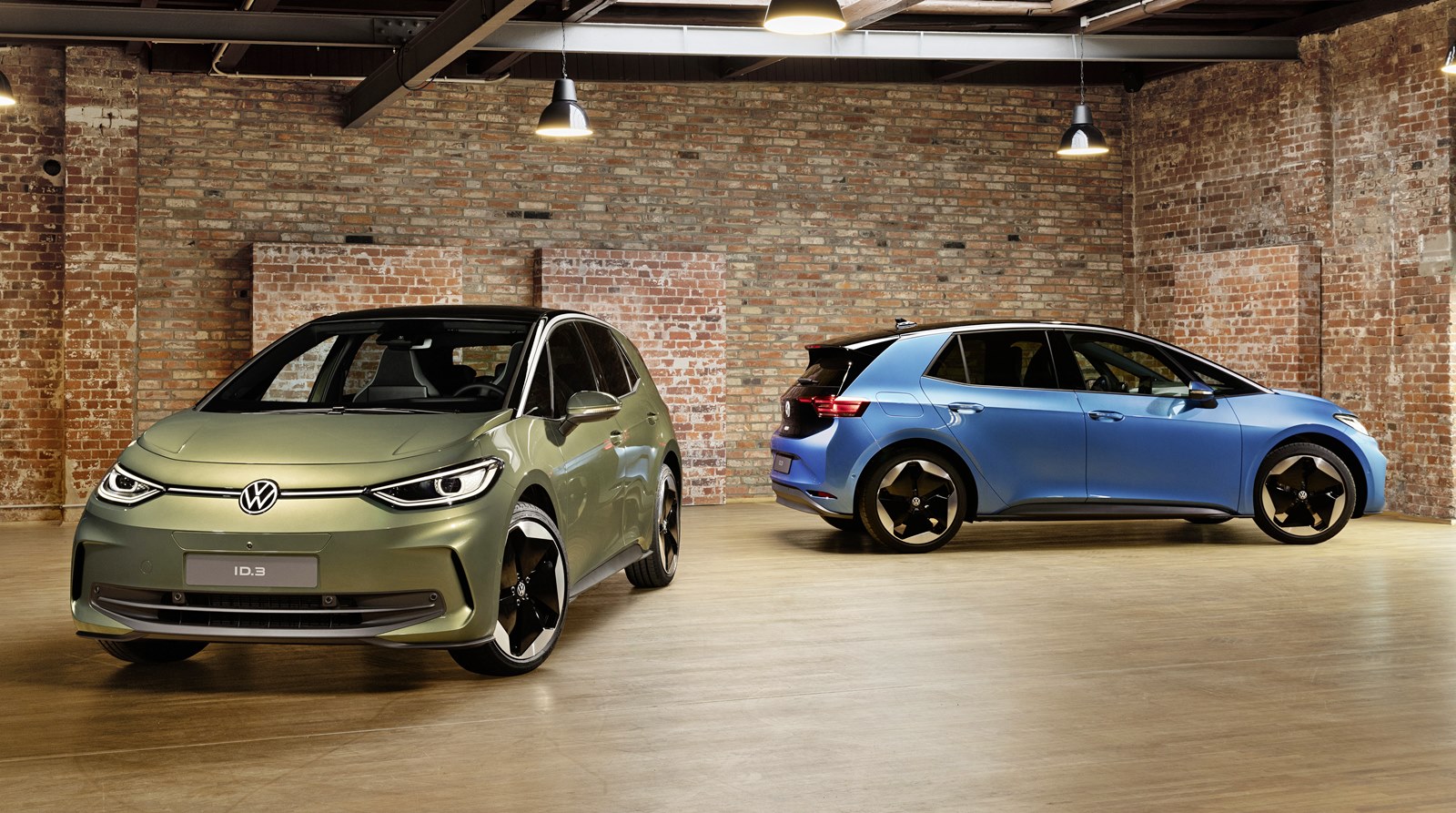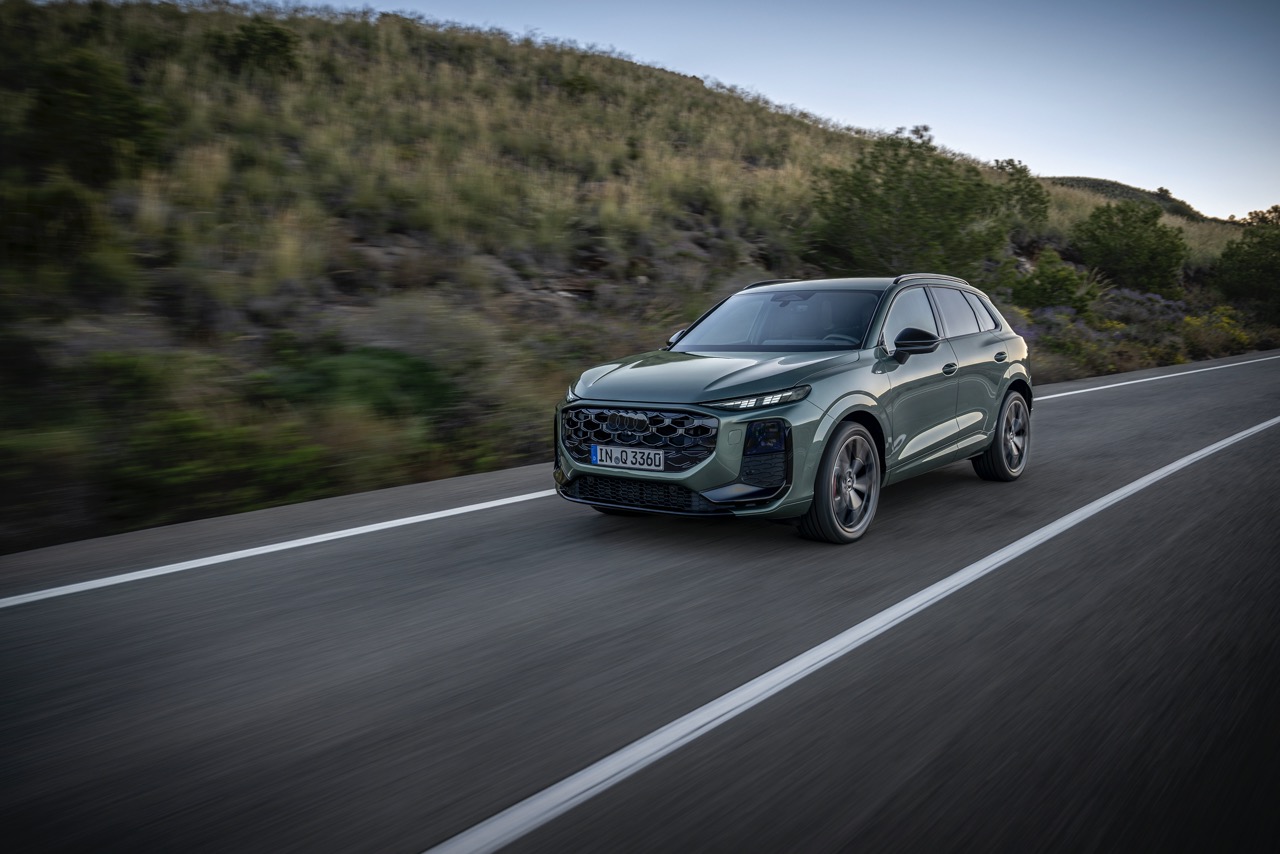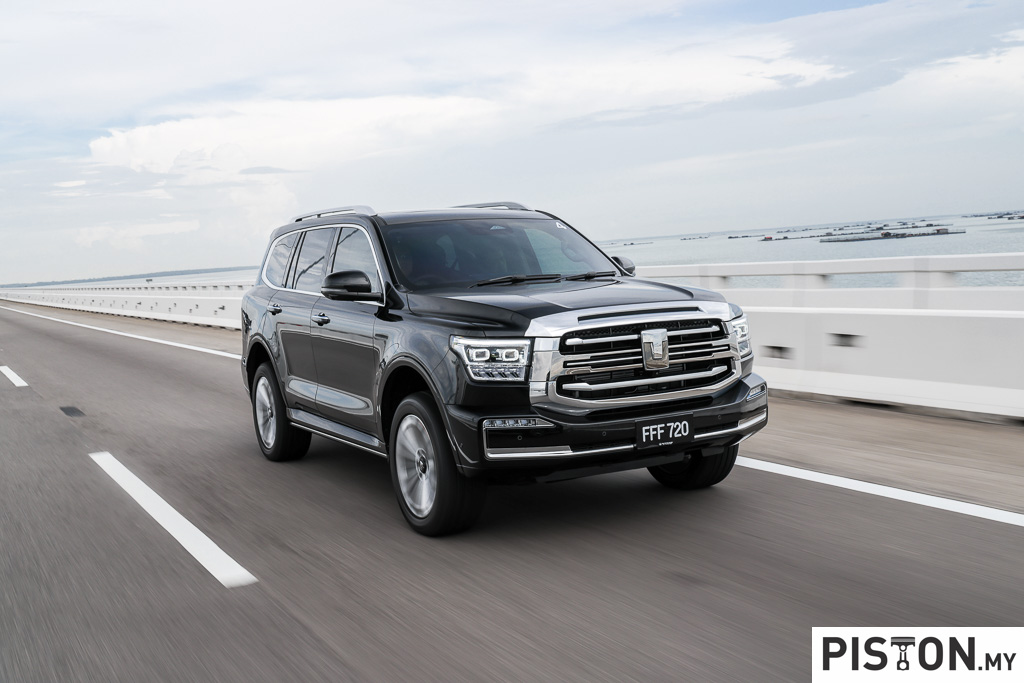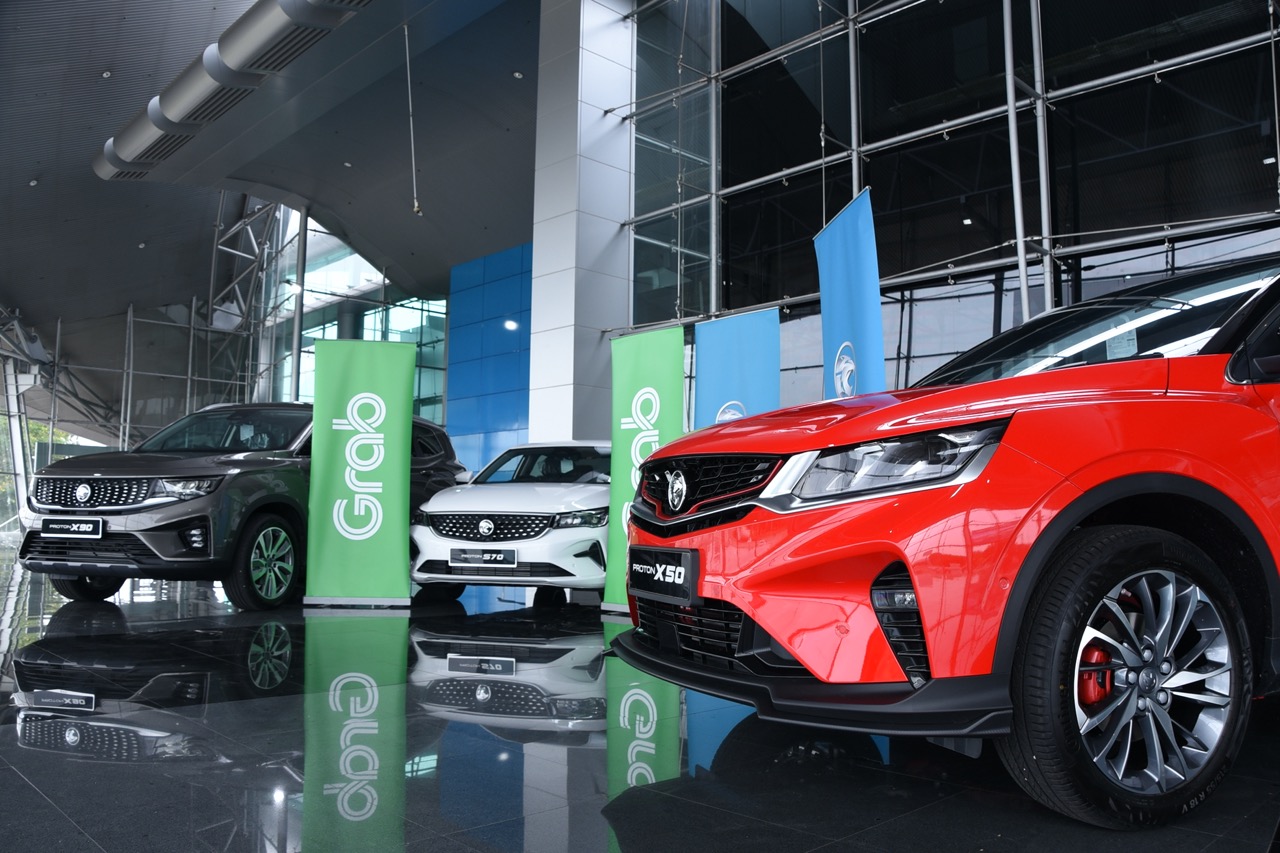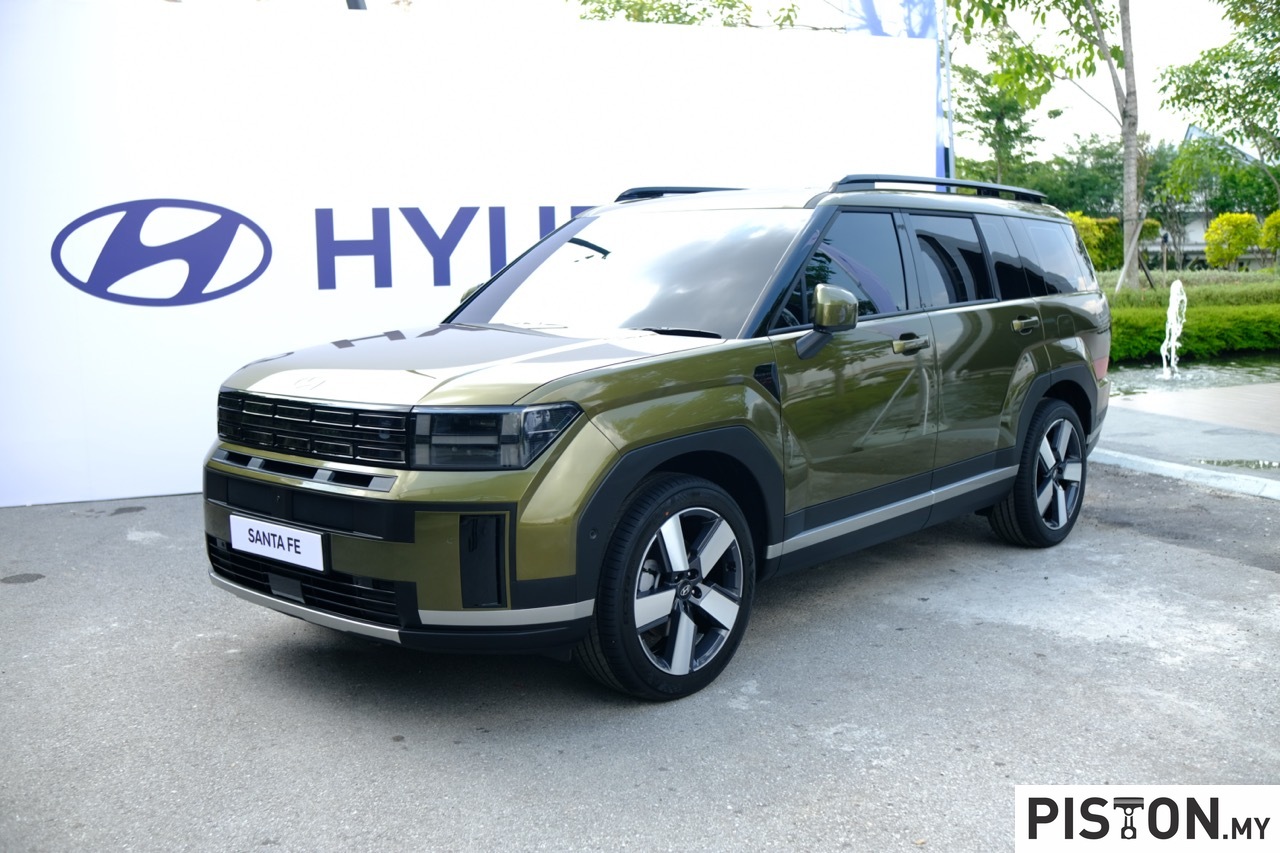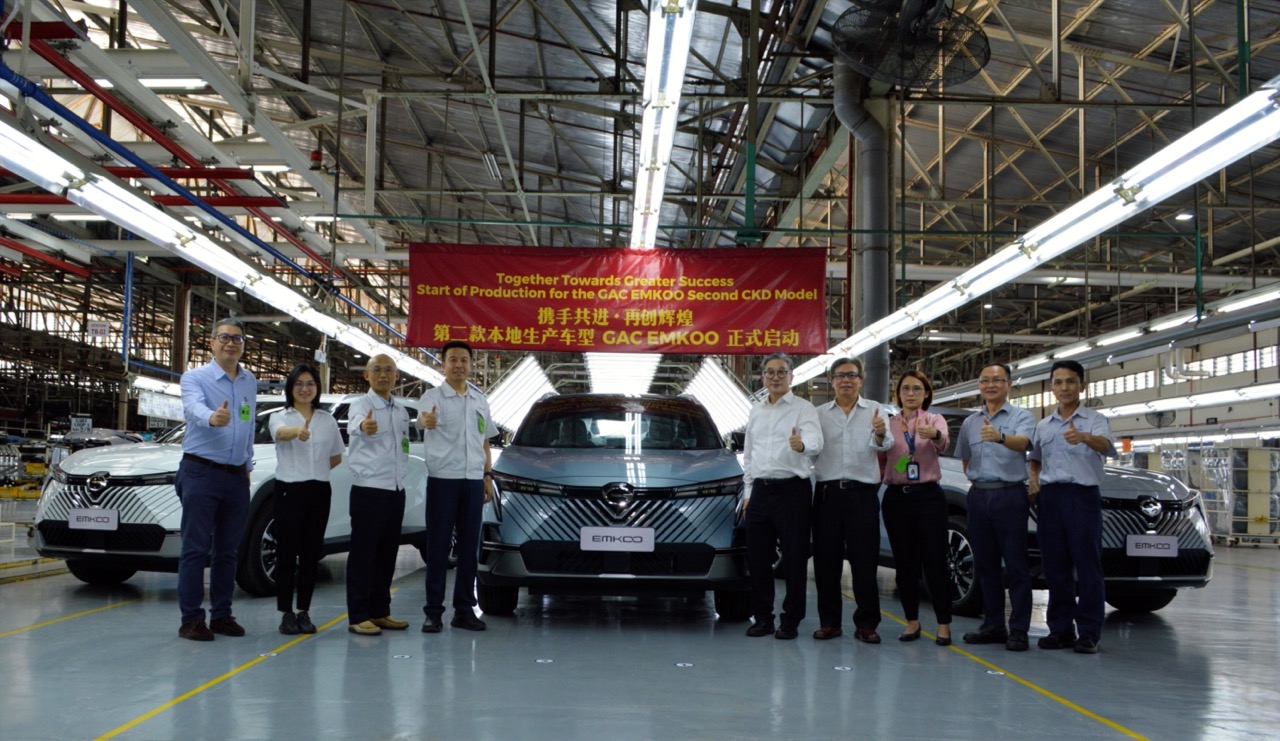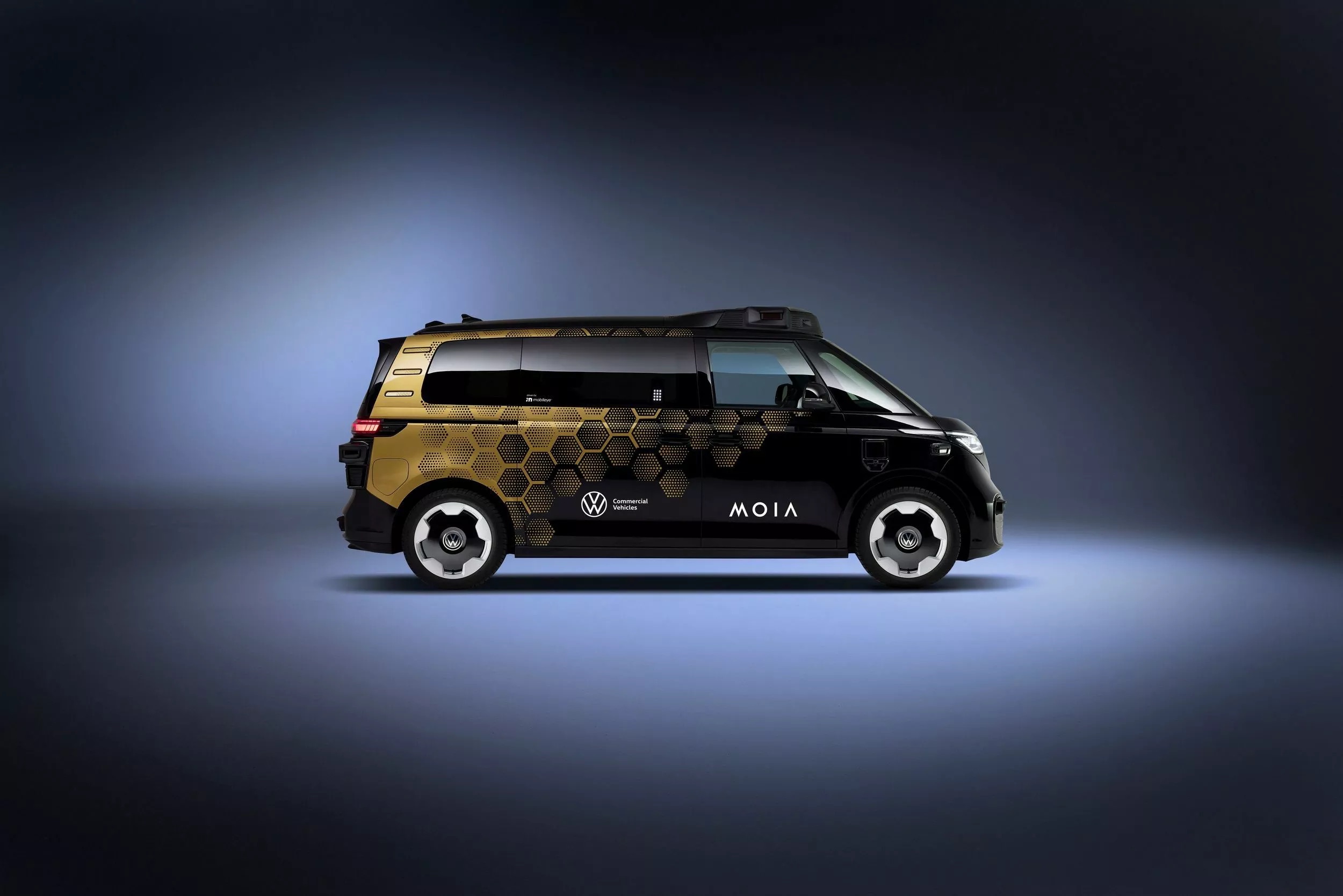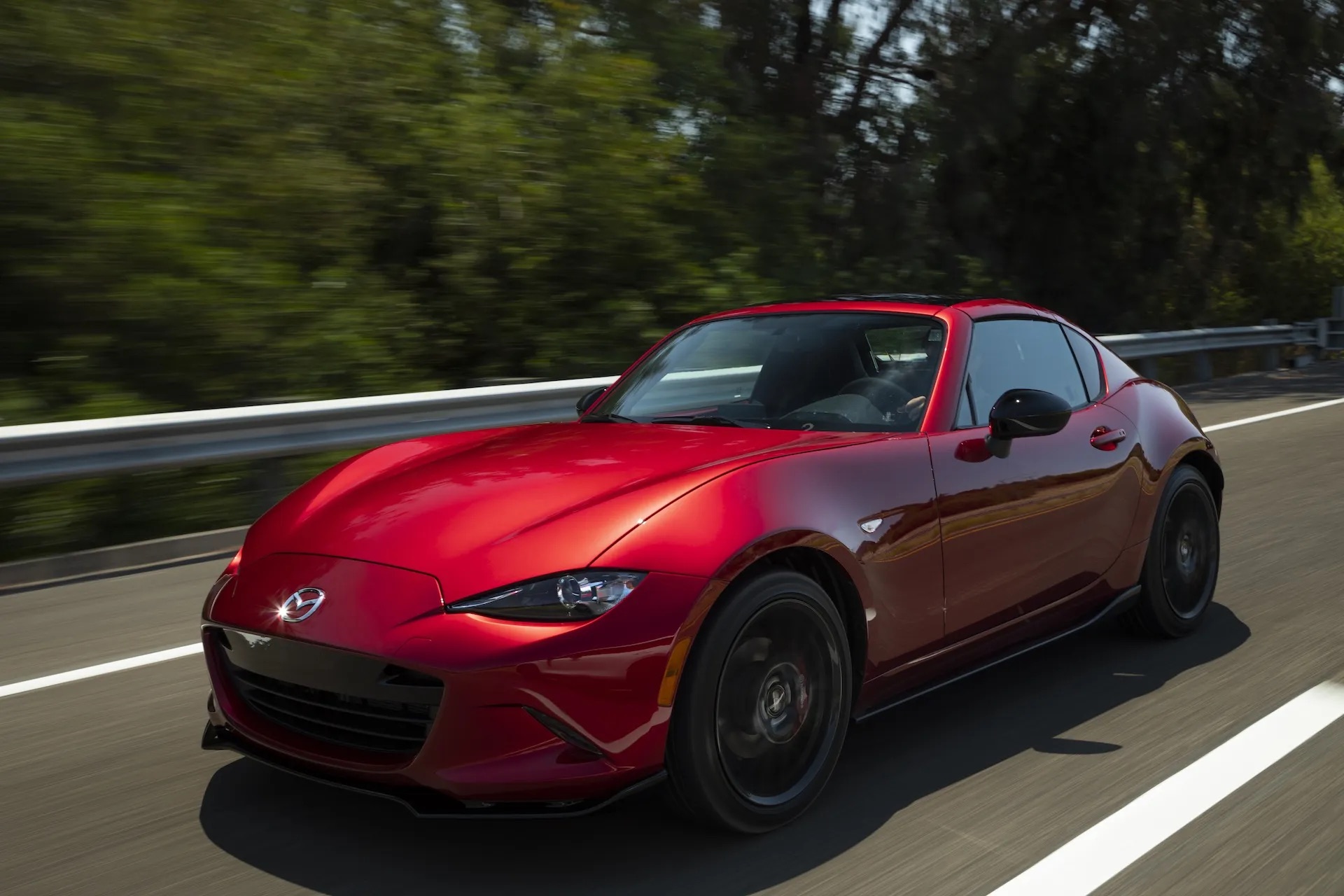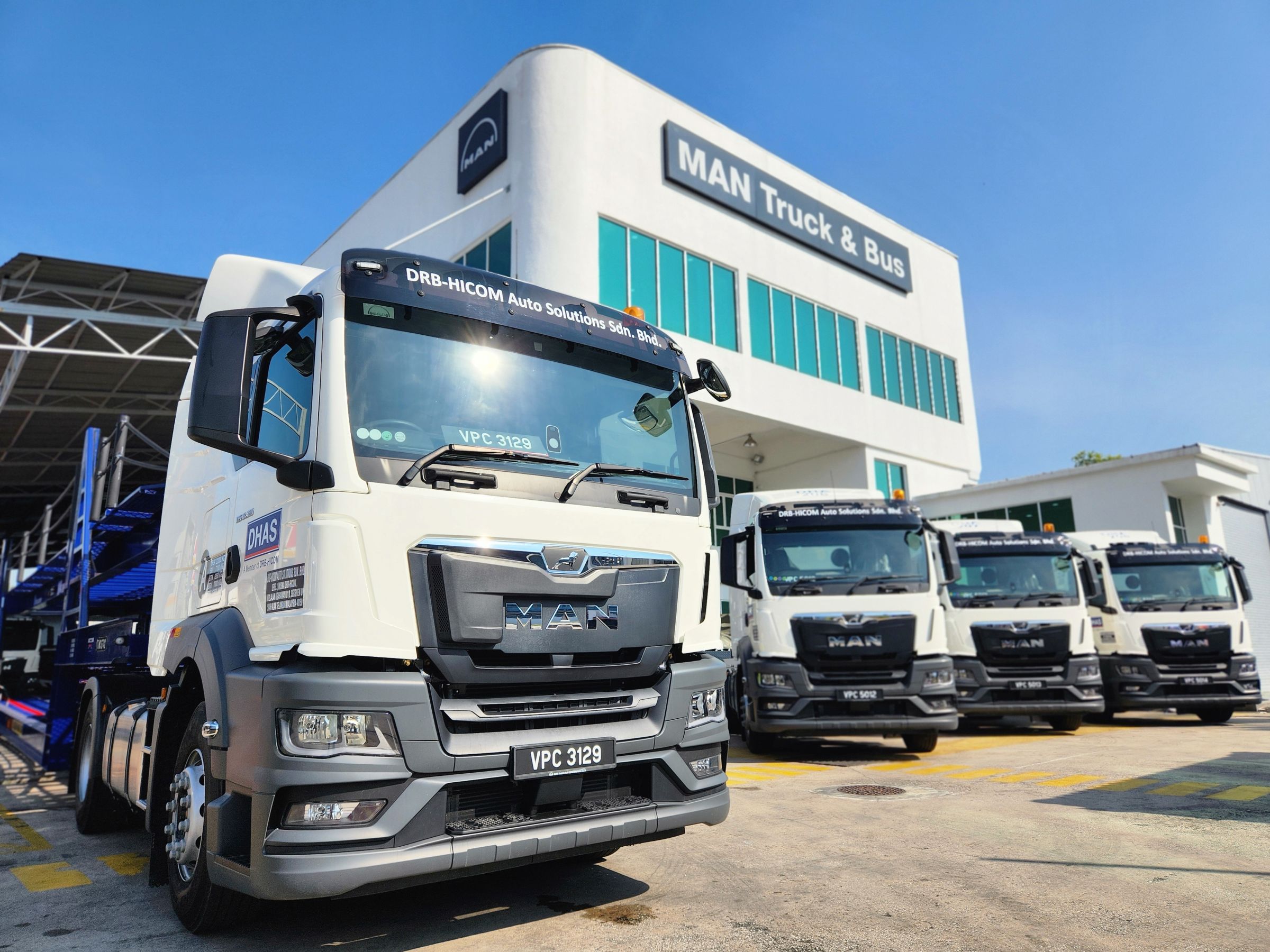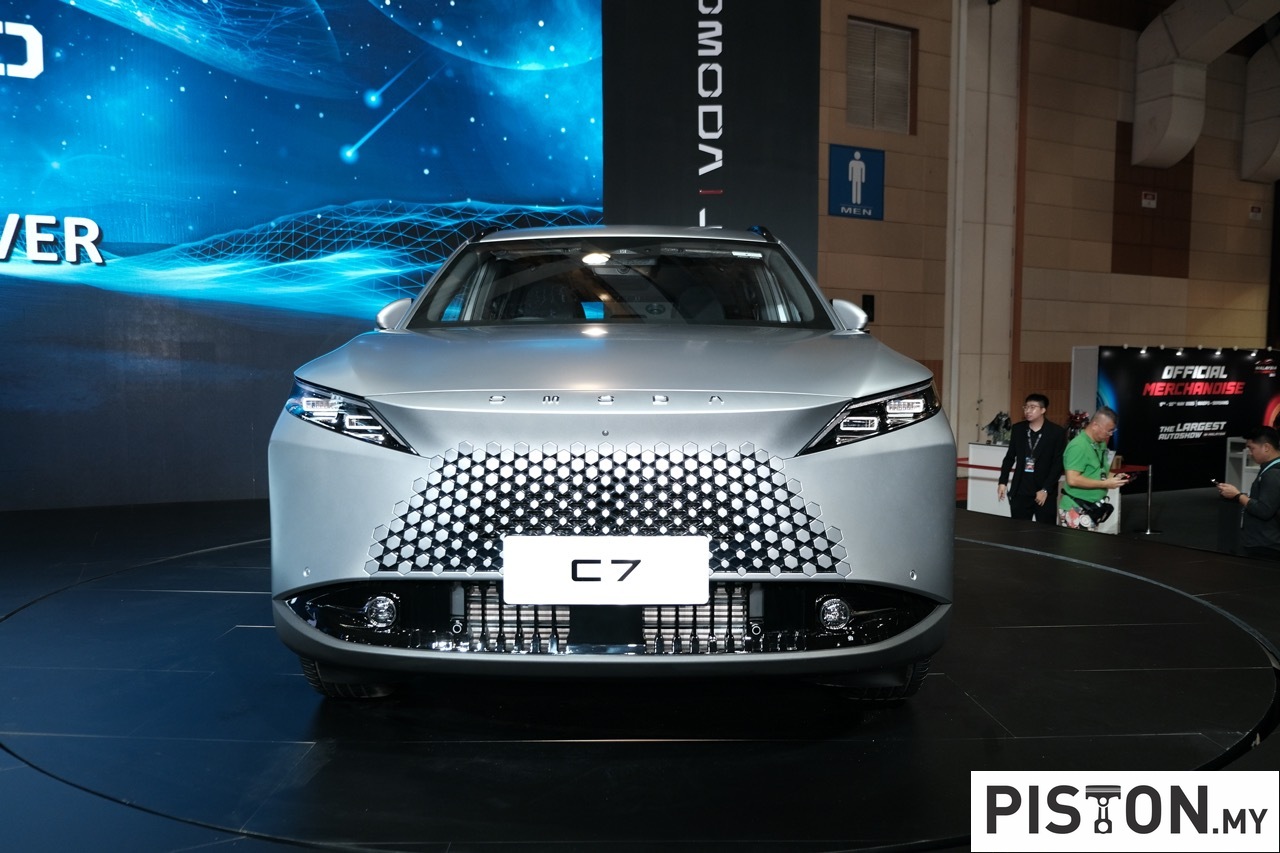Going by normal industry time-frames, a model generation lasts around 5 years or sometimes a bit longer, after which a new generation is launched. Before that time, there are the usual updates to freshen the product against newer rivals. These are usually termed ‘facelifts’ which actually relates to cosmetic changes but there are occasions when there are also technical changes.
But then again, this is a new era of electric vehicles (EVs) and who’s to say that carmakers can’t revise the product cycle time. This is especially so since EV technology is moving at such a fast pace with advancements occurring even within 12 months. The battery packs of today, for instance, are better than two years ago and will likely be even more so in another two years.
Volkswagen today unveiled the latest ID.3, a battery electric vehicle (BEV) which it launched just two and half years ago. Normally, we would be reading about a ‘facelift’ but the carmaker avoids the term and says it is the ‘new ID.3’ – even going as far as to call it the second generation. It’s not unusual though to see ‘new’ since in one respect, it is new compared to the 2022 model.
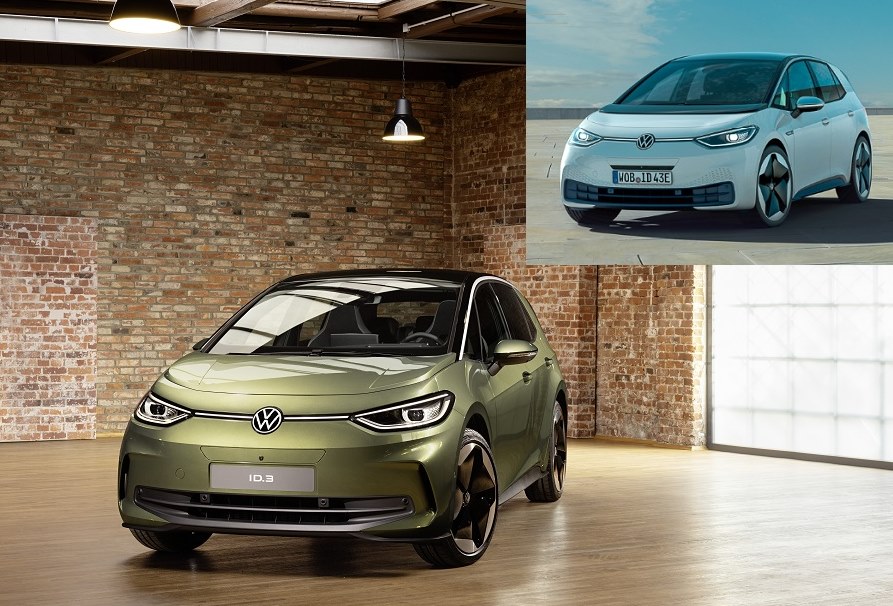
Anyway, whatever they choose to term it, most people who are familiar with the appearance of the ID.3 will be trying hard to see how different its ‘fresh new design’ is. There is a sharpened look and the bumper profile is new. The bonnet now appears longer because the black strip under the windscreen has been removed and recessed sections at the sides additionally extend the front.
Besides the new optimised air-cooling inlets, aerodynamics around the front wheels have been improved with the airflow forming as air curtain. At the rear, the two-section tail lights also shine in the rear lid for the first time.
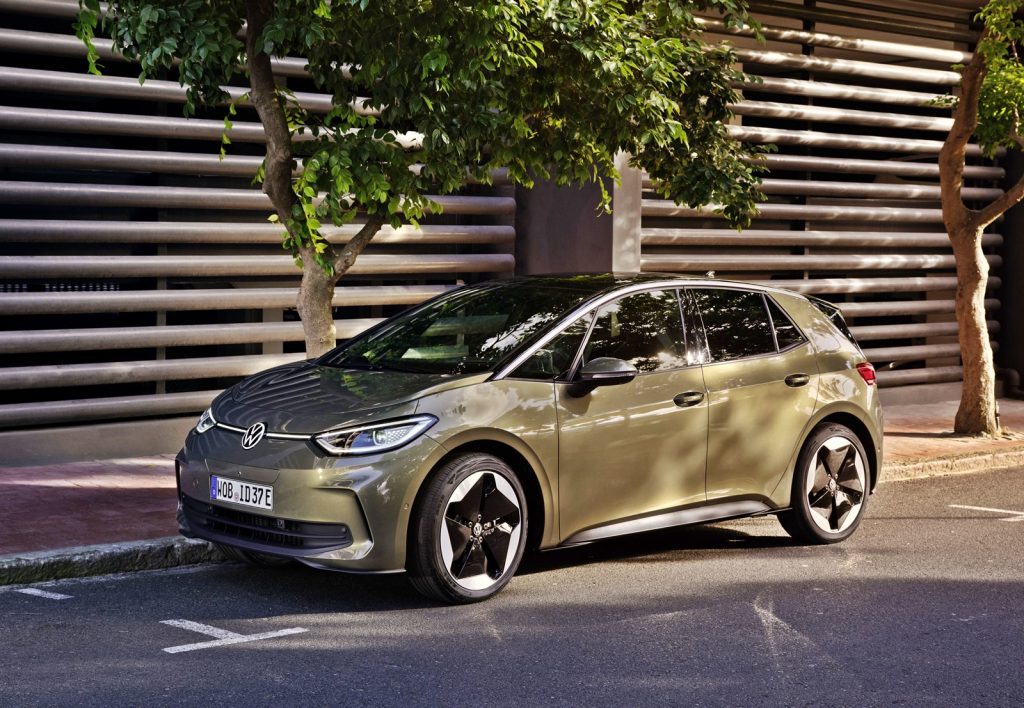

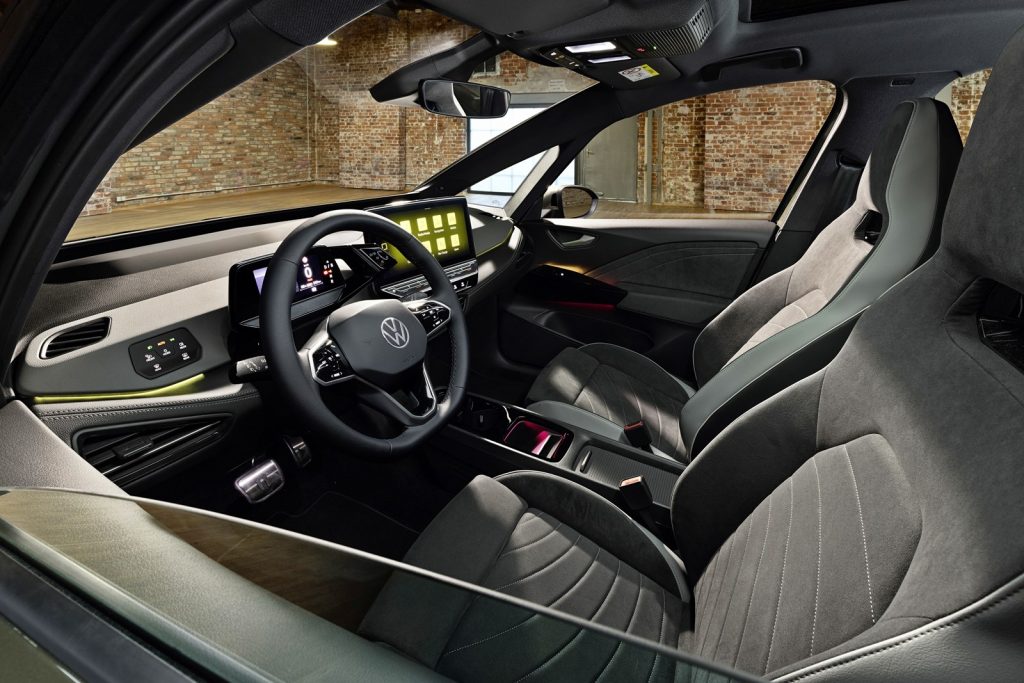
The interior has the same layout but with many of the numerous suggestions from customers being implemented, the equipment level has seen comprehensive upgrading. The new ID.3 comes with the latest software generation that provides improved system performance and is able to receive over-the-air (OTA) updates.
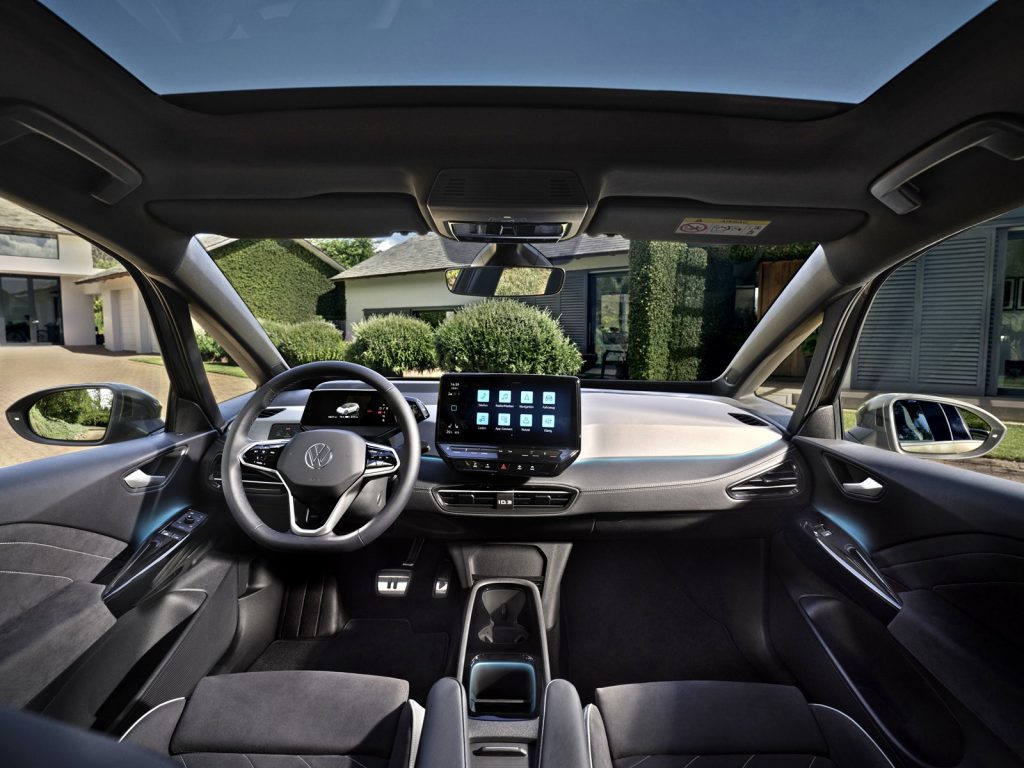
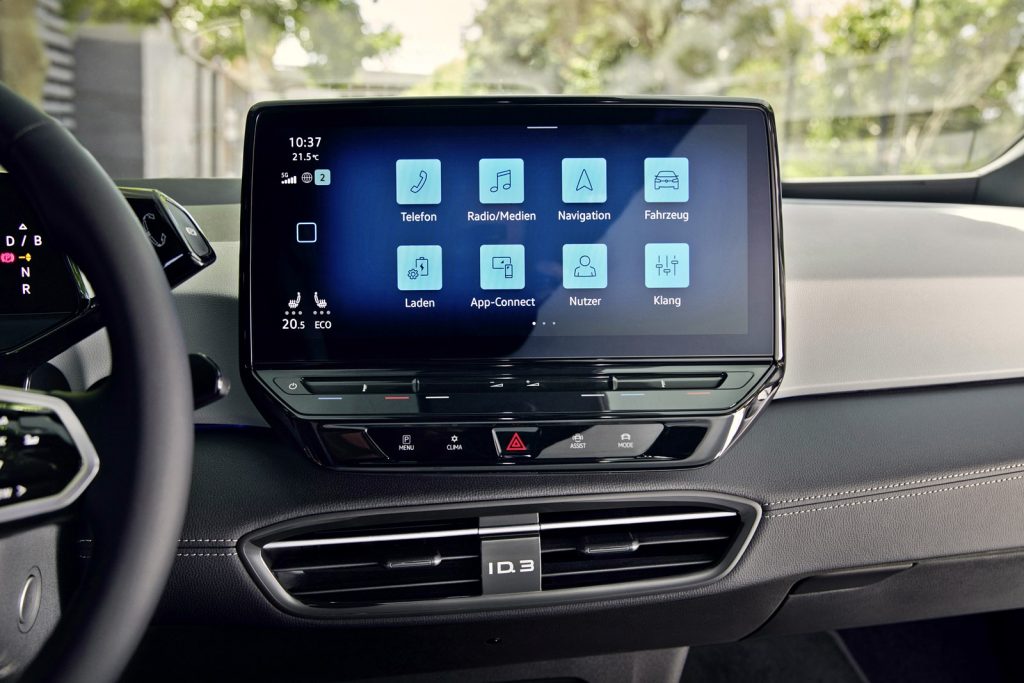
The display with a screen diagonal of 13.4 cm is operated on the multifunction steering wheel. The middle of the console accommodates the now standard 30.5-cm touchscreen display for the navigation system, telephone functions, media, assist systems and vehicle settings. The operating concept is now more intuitive so the driver doesn’t have to pause much to figure out the steps for an operation.
An optional augmented reality head-up display (AR head-up display) projects information such as the road speed and dynamic navigation instructions onto the windscreen. For the driver, this information appears to be 10 metres in front of the vehicle – displayed with the correct perspective and clearly recognisable.
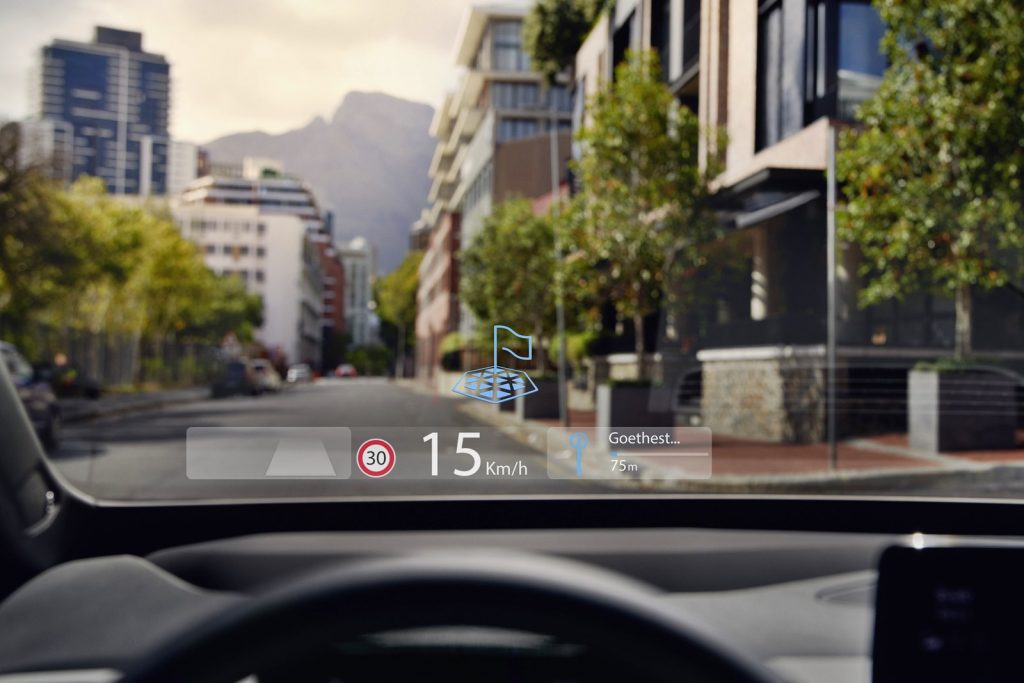
Sustainability is seriously pursued these days and Volkswagen uses the microfibre material that contains 71% recyclate. This is a secondary raw material that is obtained by recycling plastic that has previously been disposed of as waste at least once. The interior equipment is also completely ‘animal-free’ which means no more genuine leather. In addition, soft, foam-backed surfaces in the cockpit create a new haptic experience.
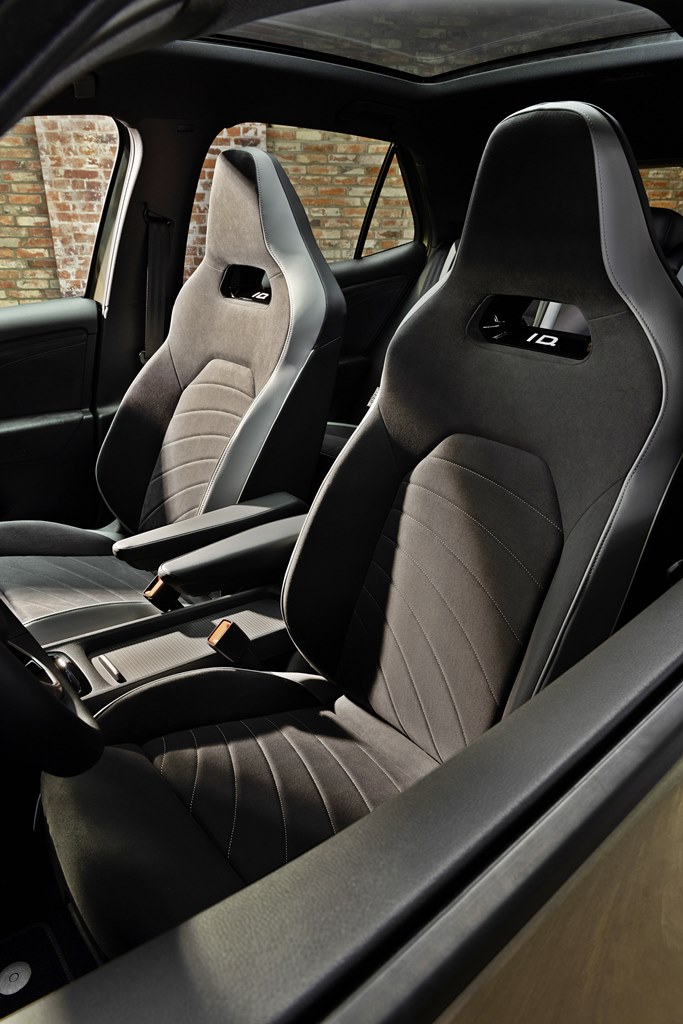
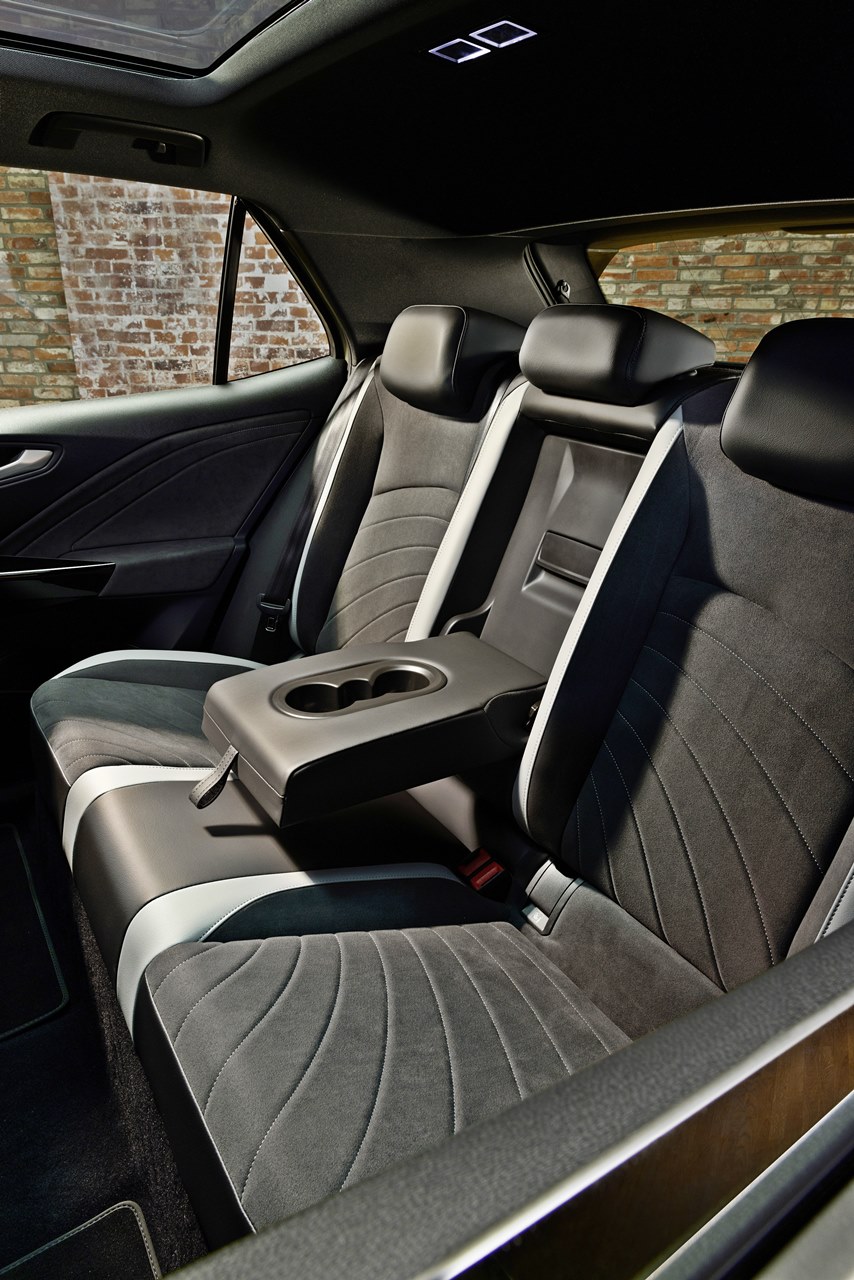
The powertrain appears unchanged with a choice of 58 kWh or 77 kWh battery packs which are said to provide ranges of up to 425 kms and 545 kms, respectively. The maximum charging level has now been raised to 170 kW from 125 kW which means shorter times at the charging station.
The charging process is also easier and more convenient with standard functions such as Plug & Charge. With this, the vehicle authenticates itself and starts the charging process when the charging cable is plugged in at a charging station.
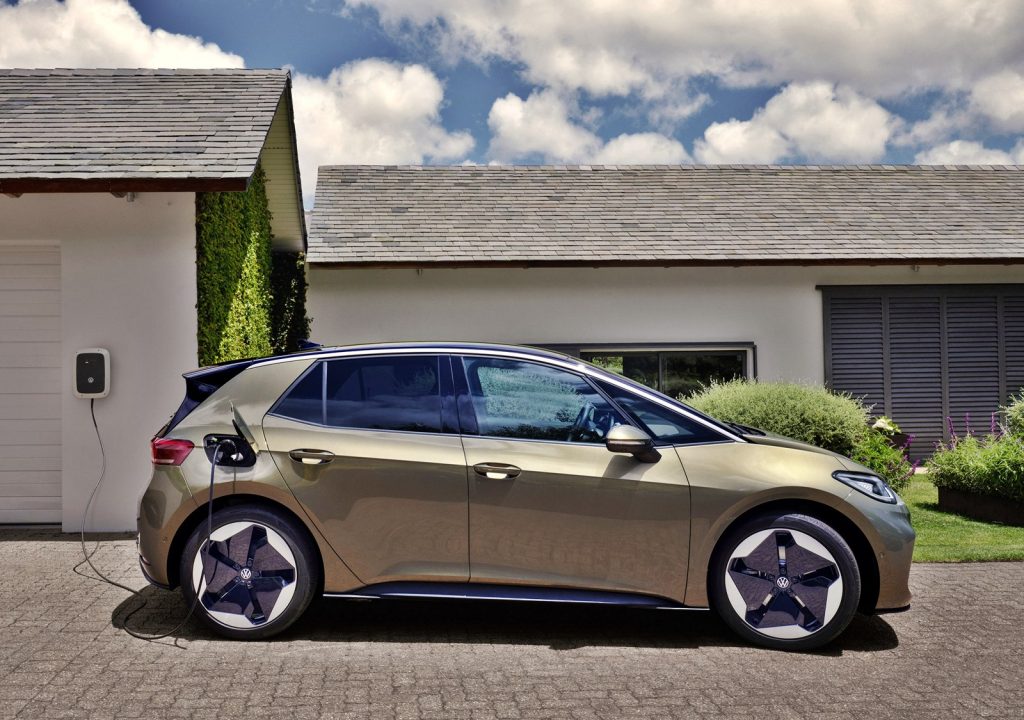
The driver can also use the intelligent Electric Vehicle Route Planner which calculates charging stops so that the destination can be reached as quickly as possible. This is dependent on the region and requires real-time traffic information and forecasts (in addition to the battery charge level). The charging stops are evaluated dynamically on the basis of the capacity of the individual charging stations.
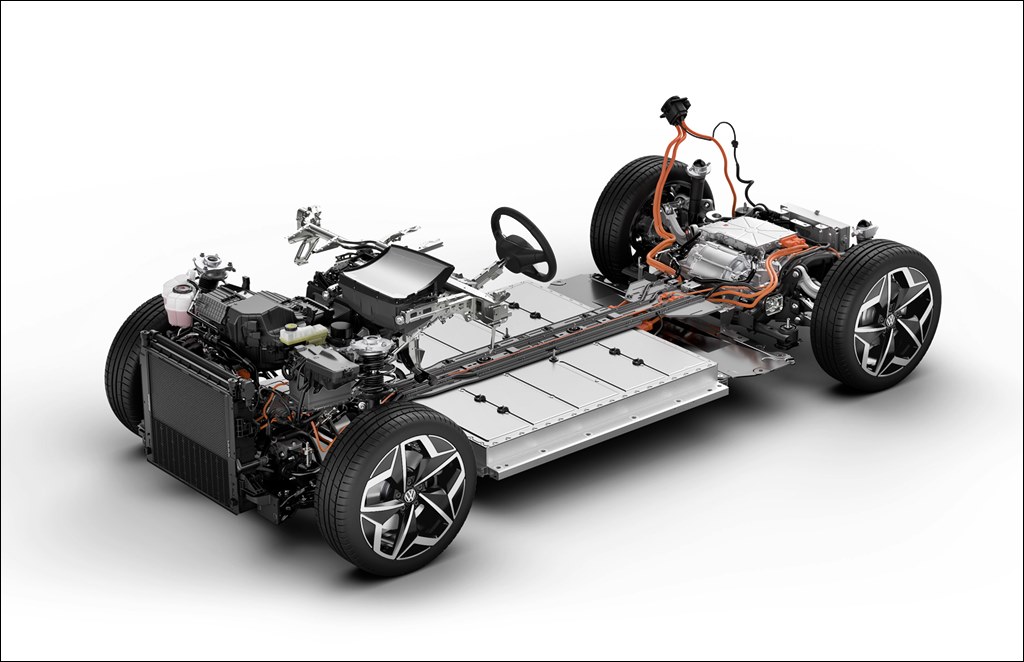
Production of the new ID.3 will start at the end of the third quarter of 2023. The model will be part of the six ID. models now available, all BEVs. Since the launch of the ID. family, more than 600,000 units have been sold and all use the modular electric drive (MEB) platform.
